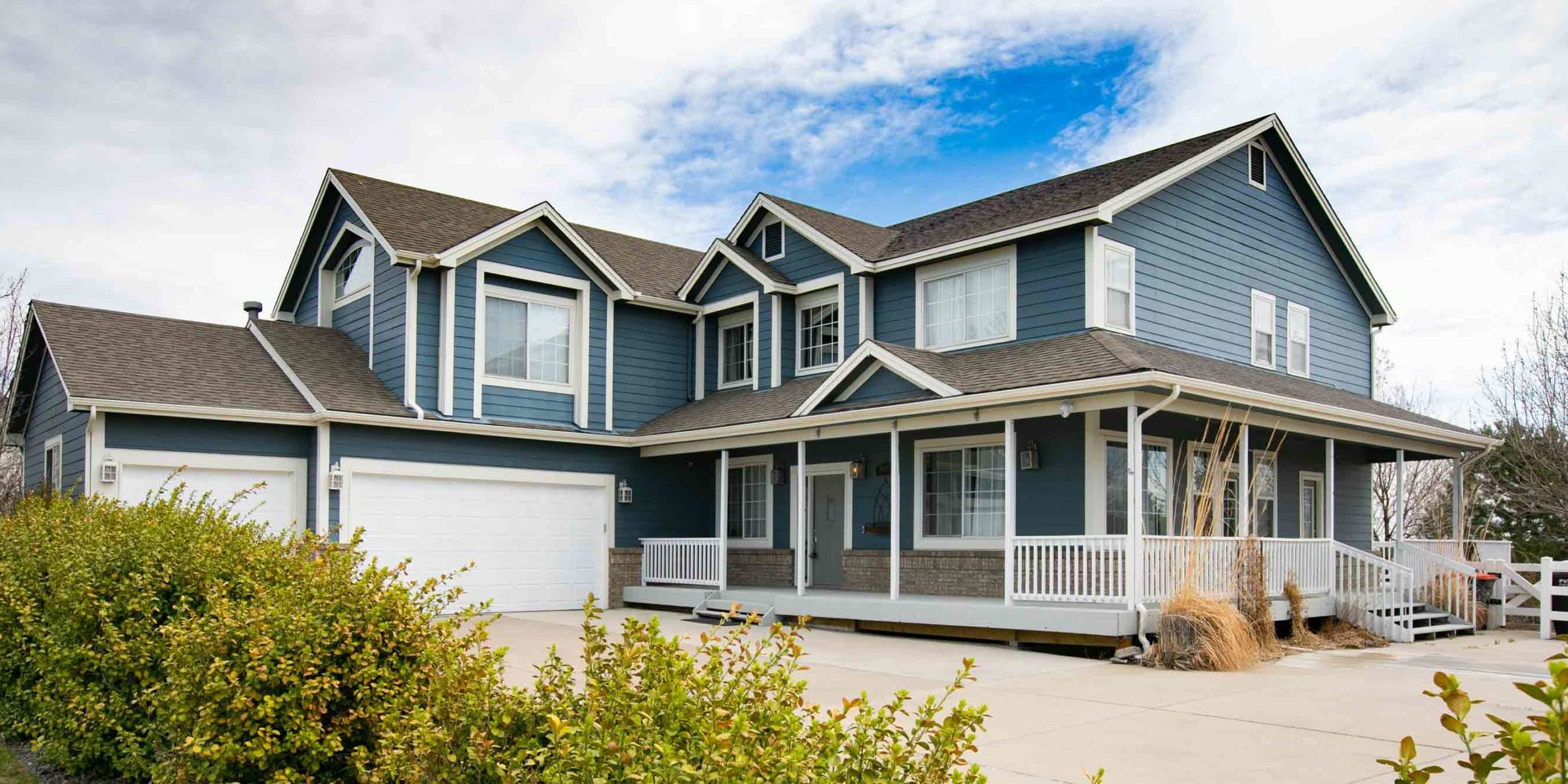People are working, shopping and schooling from home more now than ever and the demand for consistent Wi-Fi throughput is at an all-time high. The next generation wireless standard Wi-Fi 6 (also known as 802.11ax), offers better performance, increased quality and stability for video and gaming applications – particularly in crowded settings. With faster speeds and greater capacities, Wi-Fi 6 supports customers who expect to have consistent wireless connections around-the-clock.
Testing and validating any Wi-Fi performance advantages in a well-equipped test lab is key in identifying design flaws and proving situational performance. However, for operators and suppliers to truly understand the throughput, latency and traffic routing behaviors of a Wi-Fi 6 capable device, operators and suppliers should complement testing in a lab with real-life testing within a test house.
In the first of two blog posts, we explain the value of engaging a test house for your Wi-Fi 6 device testing in combination with an independent test lab. By using both, operators will have confidence that a Wi-Fi 6 device will perform correctly given environmental factors. See the second post in the series here.
Why use a professional test house?
A well-equipped test house replicates real home environments and is specifically designed to test how a Wi-Fi 6 device will perform in real-world conditions. A test house needs to take into consideration the following:
- Multiple clients
- Multiple access points
- Various construction mediums such as drywall, concrete, etc.
- Furniture placement and interference
- Client congestion
- Legacy devices, including Wi-Fi 5(802.11ac)
The most important elements of a test house:

Product Validation
Ensure that a device performs under a particular set of requirements and functions as intended

Pre-Deployment Considerations
Understand how a device should be deployed and how it will operate for customers within your network

Customized Testing
Troubleshooting and validation for devices already deployed or to evaluate unique features and behavioral expectations
Regarding interoperability testing specifically, a test house should include both ax/Wi-Fi 6 and ac/Wi-Fi 5 devices in order to track how they interact and perform together. A well-equipped test house should also be able to incrementally increase the number of ax/Wi-Fi 6 and ac/Wi-Fi 5 clients connected in order to validate many of the enhancements in Wi-Fi 6 that target the growing number of clients being simultaneously connected to access points.
Additionally, if a device under test (DUT) is designed for deployment on an HFC (Hybrid Fiber Cable) network, the test house needs to have access to a controlled Cable Modem Termination System (CMTS) connecting the gateway using its DOCSIS® port.
The top 3 advantages of using a state-of-the-art test house:
- Traffic generators – recreate variable traffic patterns in a repeatable manner. Kyrio’s test house utilizes more than one brand of traffic generator in order to uncover and troubleshoot problems, replicating various usage profiles.
- Multiple Wi-Fi clients – Simulate real-world scenarios by accessing several Wi-Fi clients with a mix of legacy and newer technologies (802.11ax, ac, n, b, g).
- Cable Modem Termination System (CMTS) – A CMTS gives gateways the opportunity to exercise their DOCSIS port in a realistic way, mimicking what a real cable deployment would look like. Furthermore, with Low Latency DOCSIS paving the way to enable Low
Latency Wi-Fi, testing with a CMTS will enable validation of latency performance.
Kyrio’s best-in-class 5,000-square-foot test house facility is located in Brighton, Colorado, USA. Our test house is fully equipped to provide a wide variety of tests with comprehensive test reports with analysis and observations that help operators and suppliers expose technical and operational issues before Wi-Fi 6 device deployment.












